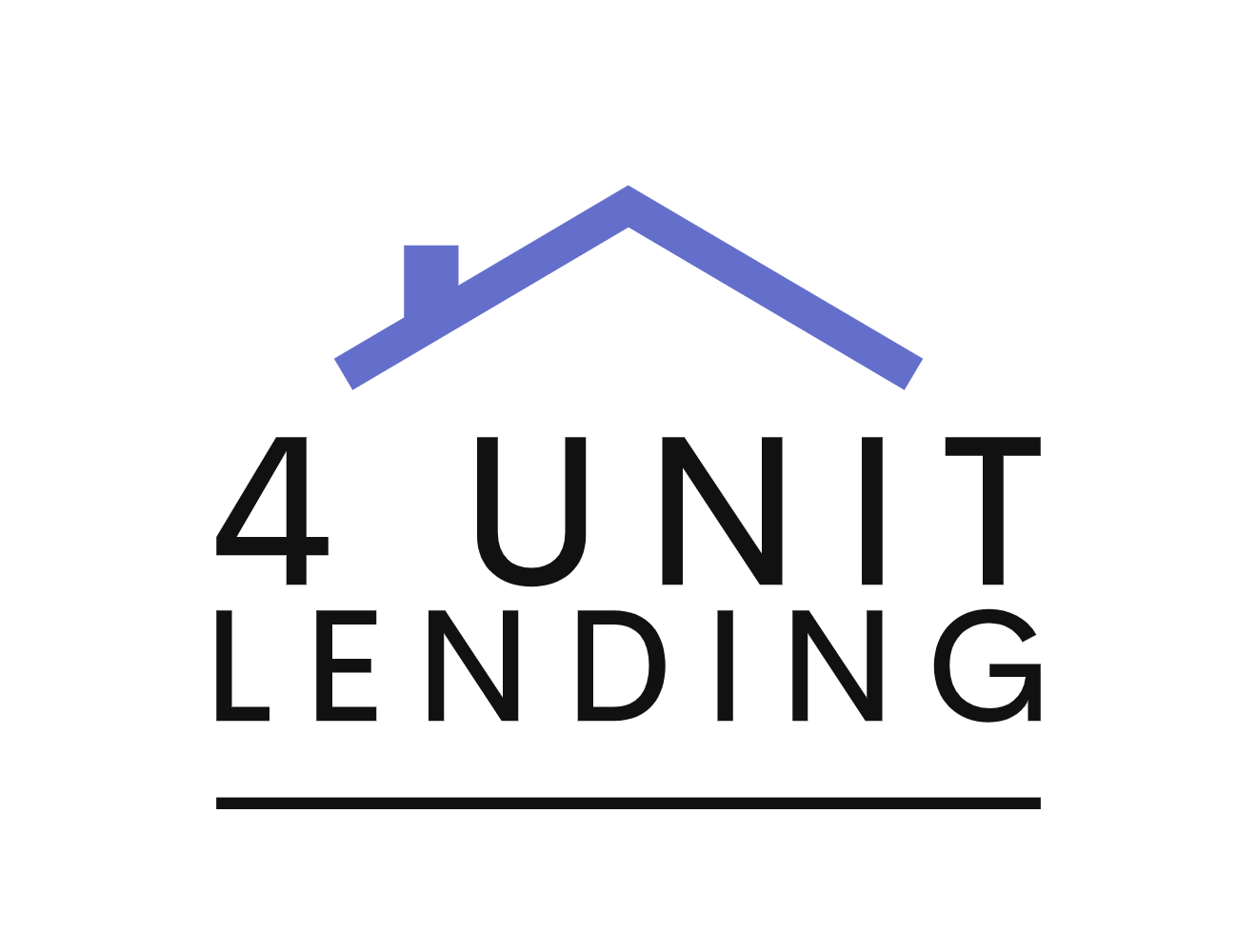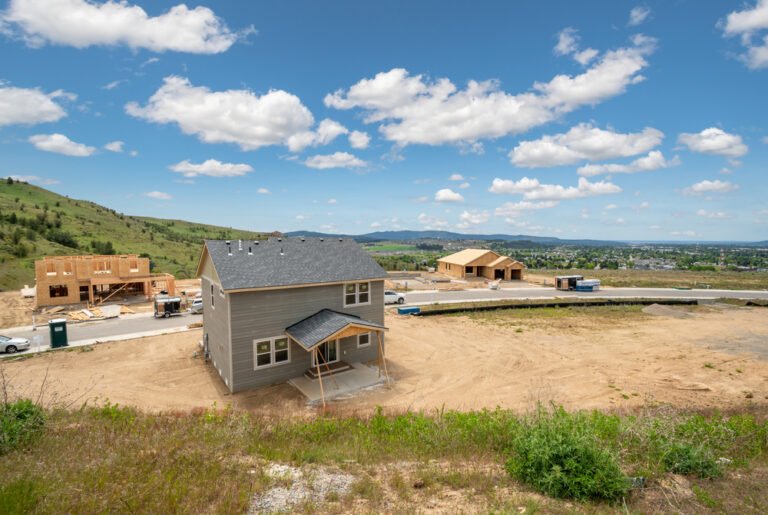When local governments need to raise money for growth-related infrastructure, they have several funding methods at their disposal. They could raise property taxes or issue general obligation bonds. Or they might increase user fees for public utilities, such as water and sewer charges.
Another funding source is development impact fees, which are one-time levies assessed against a new development project. The revenue from impact fees is typically dedicated to a specific public use, such as a public works or transportation project.
A report on Friday from the National Association of Home Builders (NAHB) argues that impact fees can “disproportionately shift the burden of growth onto home builders, developers and ultimately homebuyers, if not properly applied.”
NAHB adds that “impact fees should only be considered as a funding mechanism when all other options — including taxes, bonds and special districts — have been exhausted.”
Impact fees gained popularity in the 1970s and ’80s. In 2024, 34 states had statutes in place enabling impact fees, according to data from real estate consulting firm Launch Development Finance Advisors.
The argument for impact fees is that they allow municipalities to support community growth without raising property taxes for existing homeowners. By extension, local governments can then use existing property taxes to focus on day-to-day operations and ongoing expenses.
The NAHB report details how impact fees have a ripple effect on construction costs, resulting in higher financing costs, permit fees and sales commissions. Those costs then trickle down to new home purchasers, according to the association.
NAHB research indicates that for every $1,000 of impact fees, the price tag of a median-priced new home is estimated to increase by $1,200. In 2024, NAHB estimates that the average impact fee was $16,394, which equates to a nearly $20,000 increase for a median-priced home.
To help close that gap and decrease the burden on homebuyers, NAHB recommends that impact fees should only be earmarked for public improvements directly related to community development — not recreational expenditures like performing arts centers or parks. The group also urges transparency in the impact fee calculation process.
“Impact fees must be proportional to the actual cost of providing capital facilities,” the NAHB report states.

